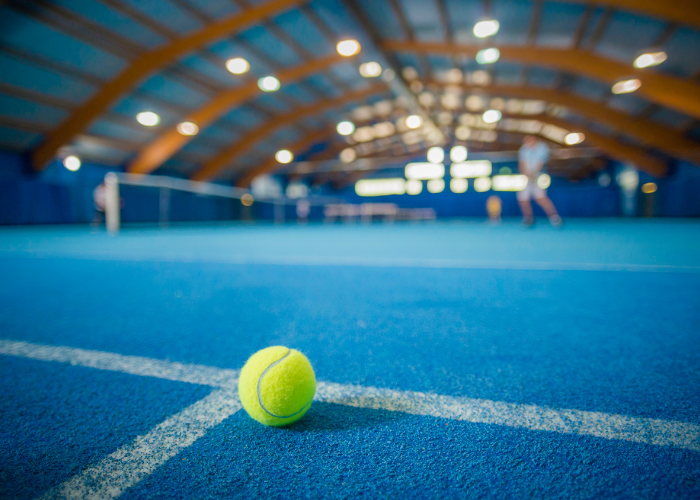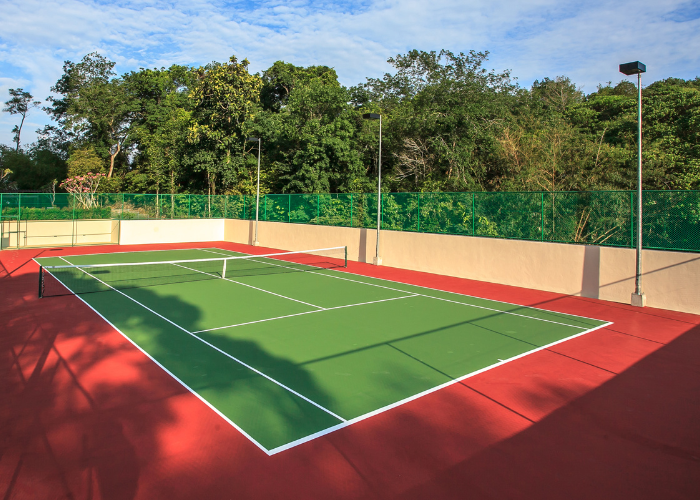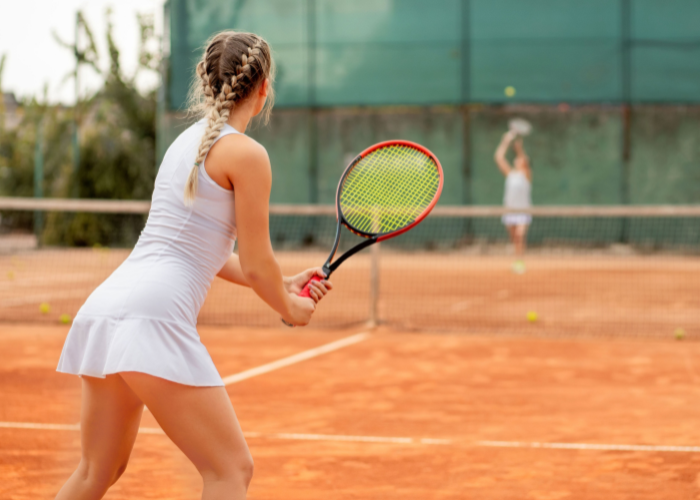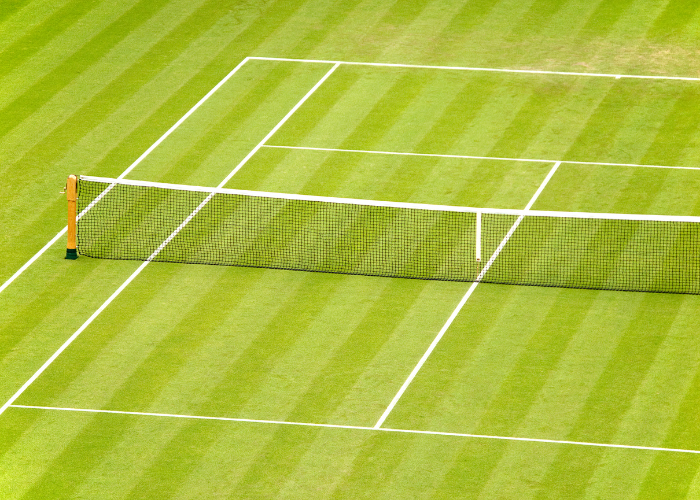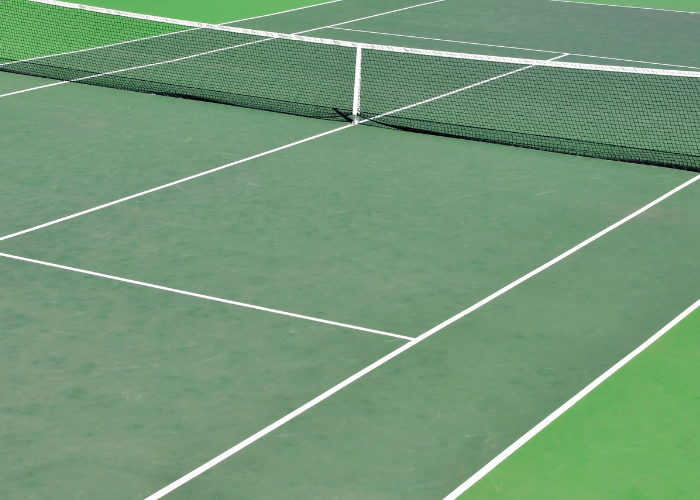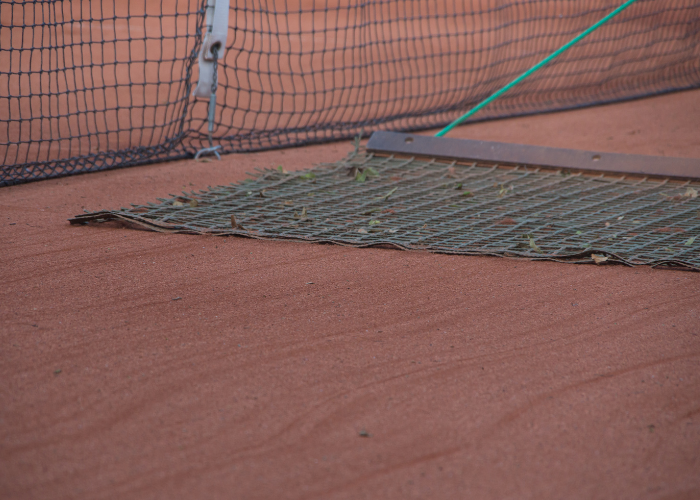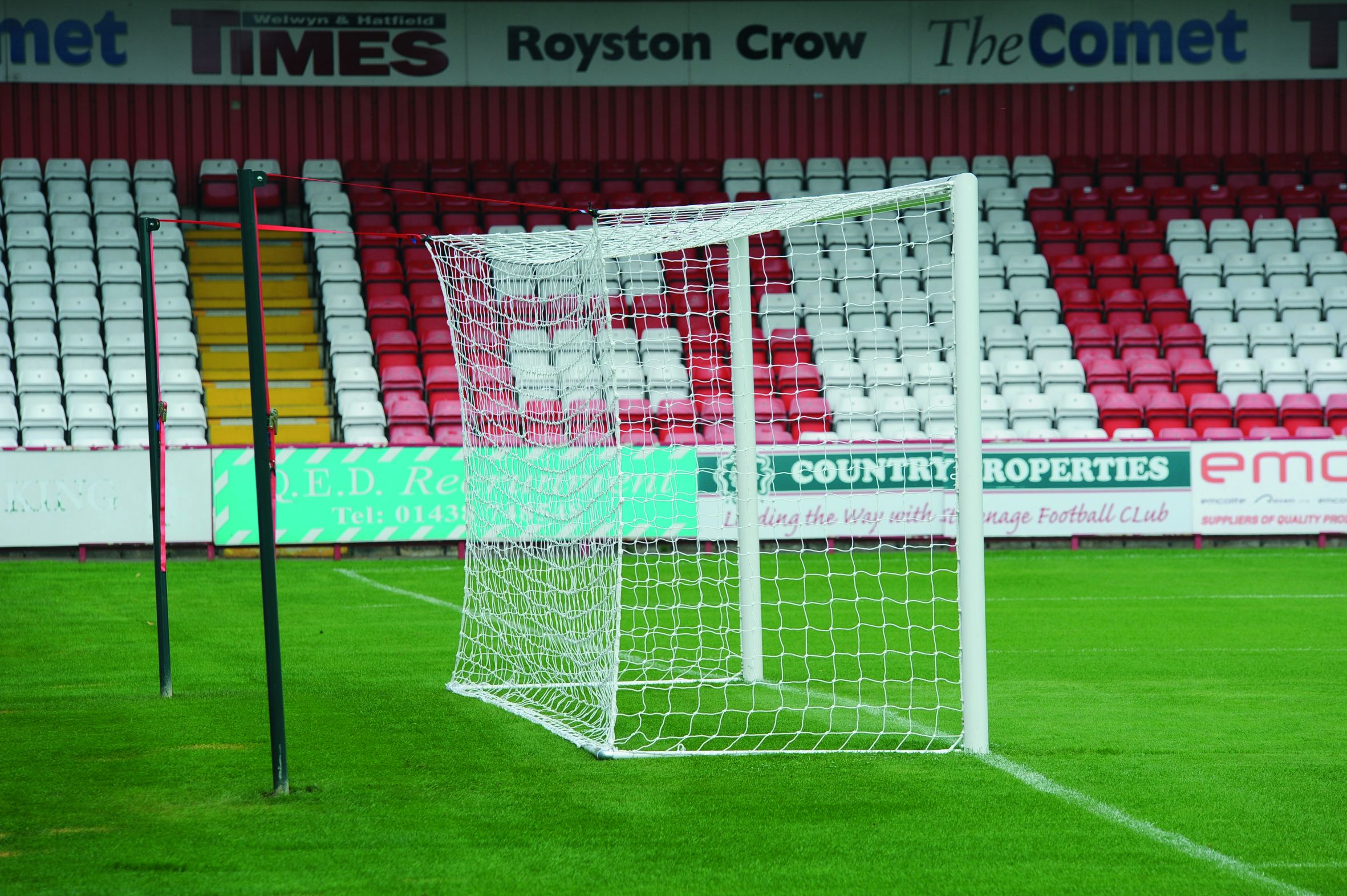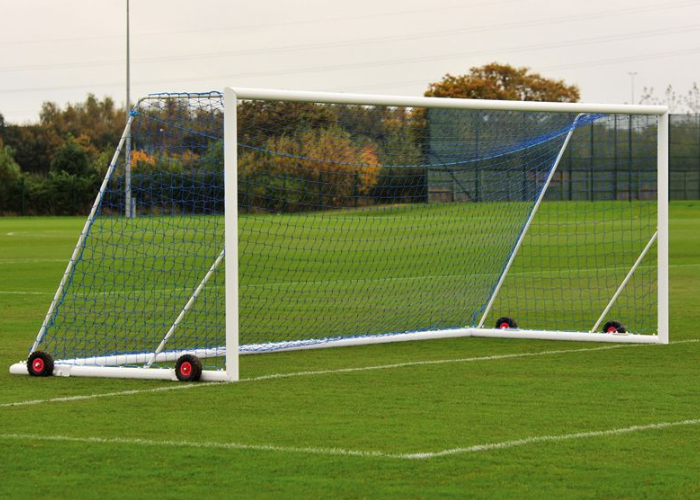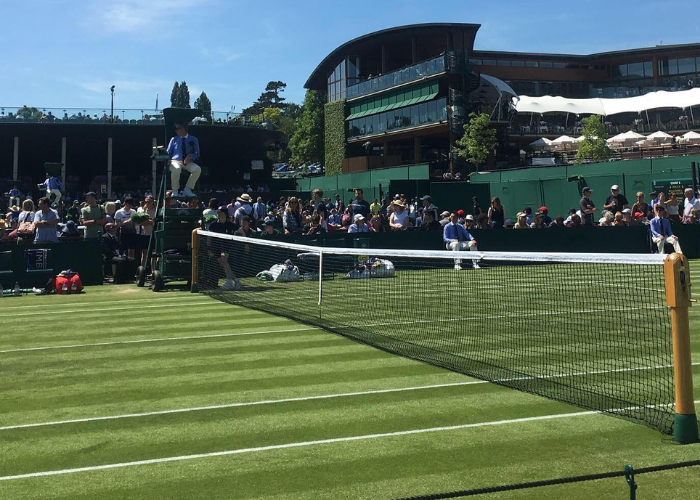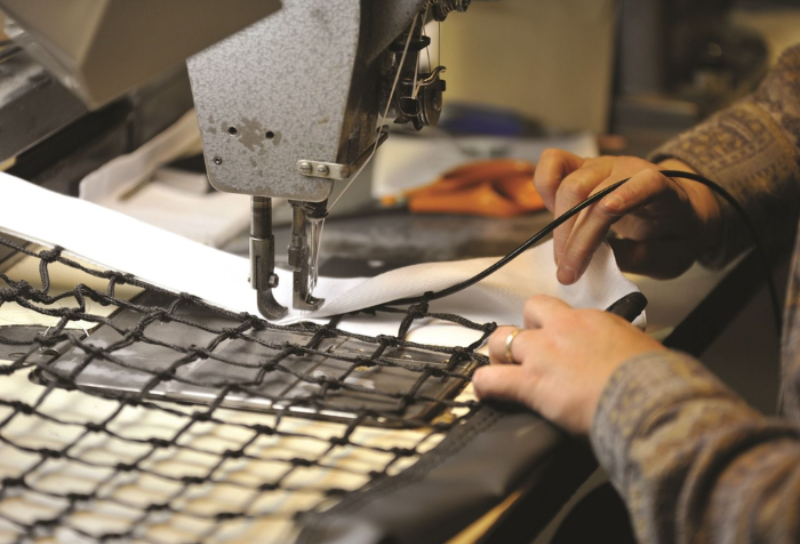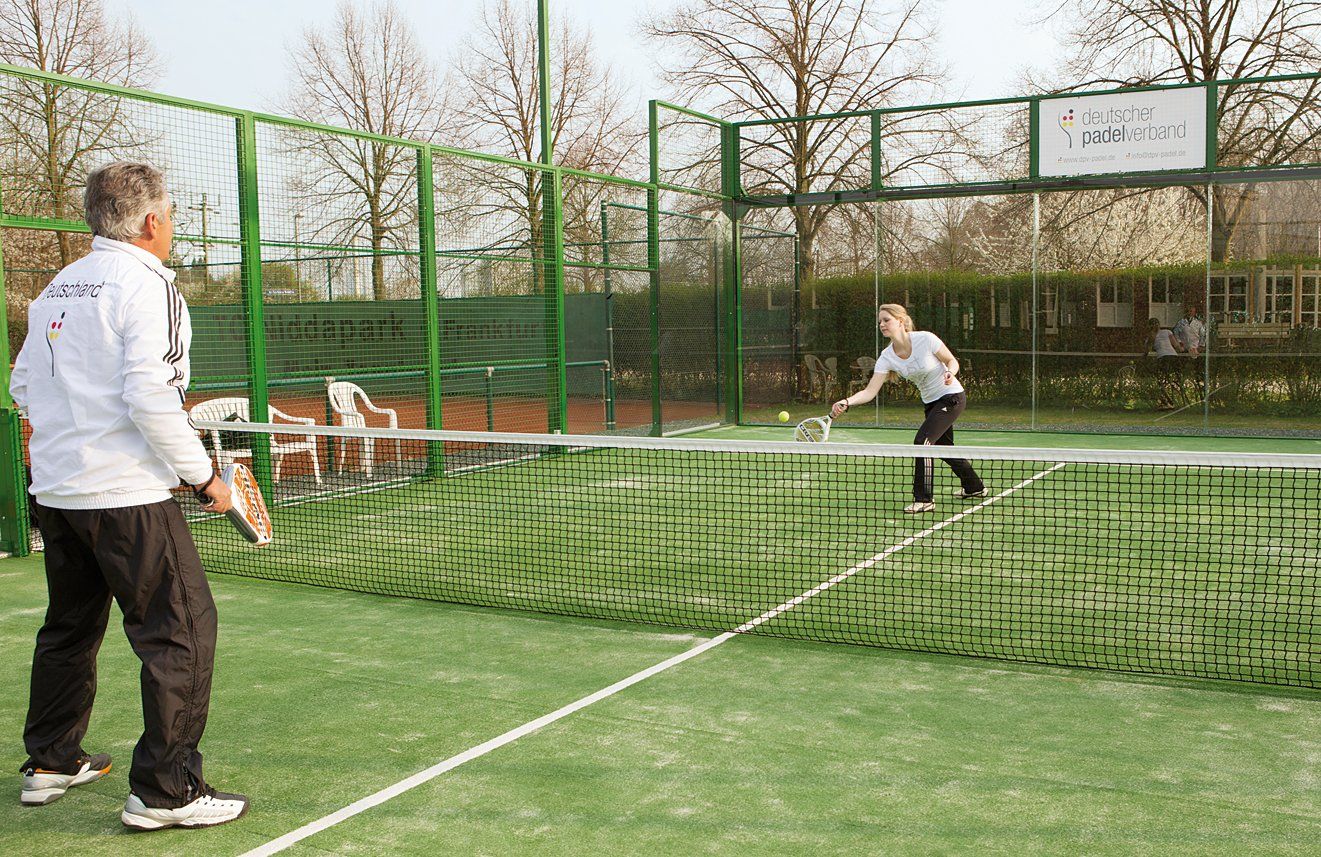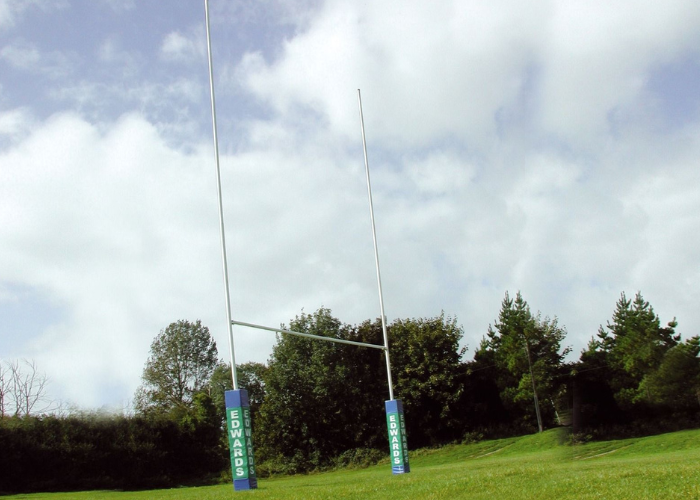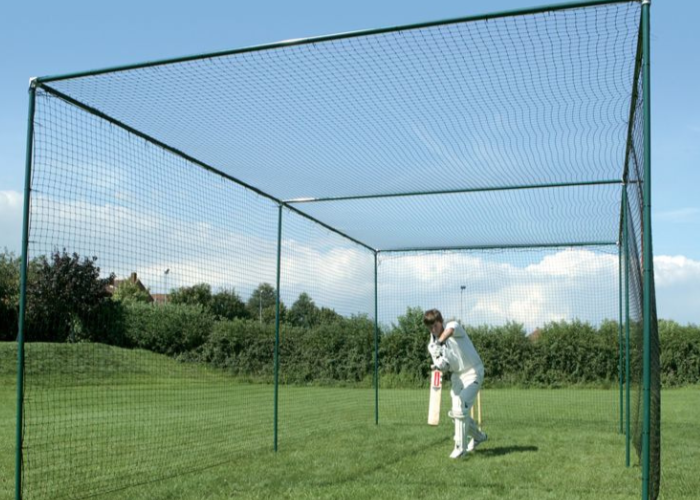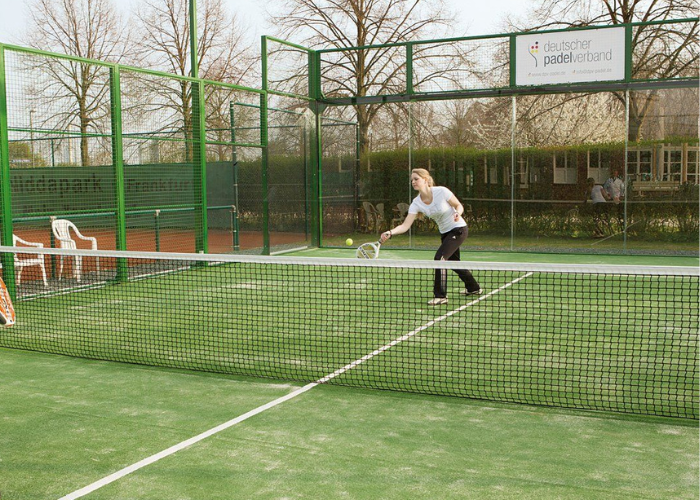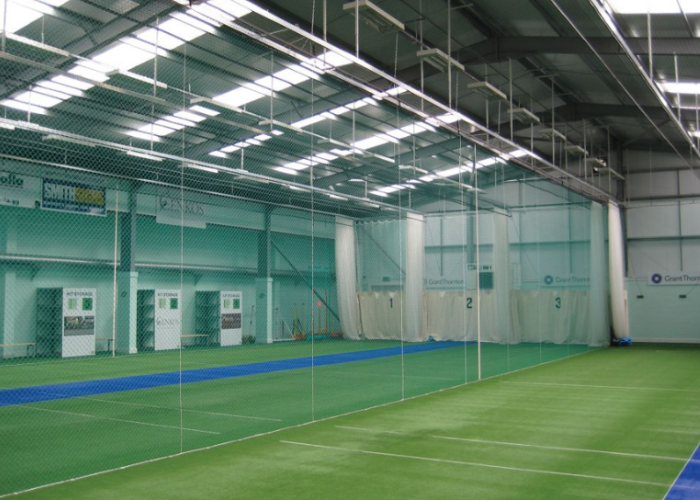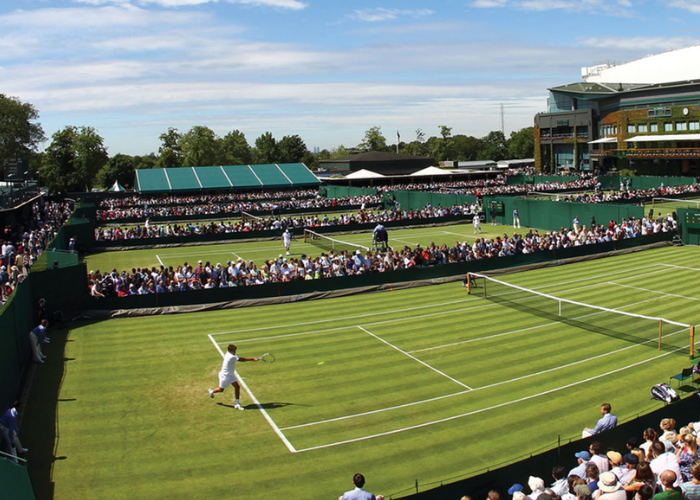We use cookies to make your experience better. To comply with the new e-Privacy directive, we need to ask for your consent to set the cookies. Learn more.
How to Clean a Tennis Court: A Guide for All Court Surfaces
- Admin
- Blog Posts
- 20 Oct 2022
-
261views
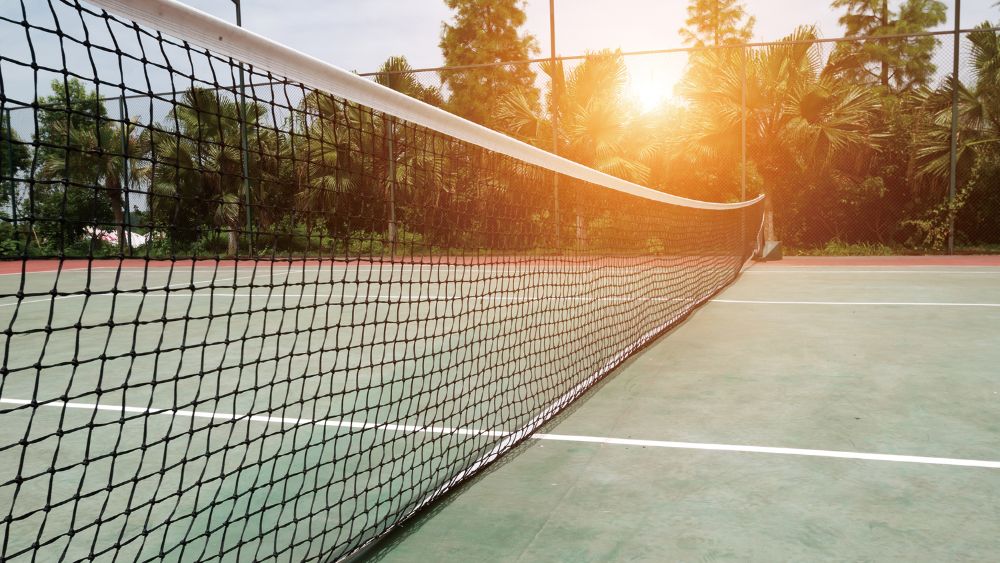
Tennis court cleaning does not have to be a chore! With these simple steps, you can ensure your court is left clean and spotless - ready for your next game!
Whether your court is indoor or outdoor, it requires regular maintenance to help make sure it's kept in the best condition possible.
Not only will regular cleaning help with making the court look professional at all times, but it’ll help with reducing the chance of damage occurring due to improper maintenance.
Over time, debris, such as leaves, dirt, and even moss, can accumulate, creating a slippery surface that can pose a risk to players. These elements can cause wear and tear to the court surface, leading to costly repairs if not addressed promptly.
How to Clean a Tennis Court Surface
How you clean the surface of your tennis court depends on the material the surface is made of. We've taken the most common tennis court surfaces to show you how to keep your court in tip-top condition and free from any debris and damage.
Indoor Court Surface Cleaning
Cleaning an indoor tennis court requires a bit of a different method from cleaning outdoor courts. The first step is always to remove any debris, dirt, or other foreign materials that have accumulated on your court. This might be leftover rubbish for matches or leaves and mud trodden in from outside. You should give the court a sweep round with a large brush or floor sweeper.
For stubborn dirt, use a mild detergent mixed with lukewarm water and mop the surface.
Once you’ve given the court a mop around, you’ll need to let it air dry or dry it yourself. The Pac-Dri Water Remover & Court Cleaner will help to remove most of the suds or water, and you can leave the remaining water to dry off over a few hours. You should always make sure the court is completely dry before conducting any matches.
For harder stains or spots, consider hiring a professional cleaning service.
Regular court maintenance should include sweeping or vacuuming the court at least once a week and washing the surface monthly.
Hard Court Surface Cleaning
To clean a hard surface tennis court, start by using a soft bristle broom to sweep away leaves, dirt, and other loose debris from the court surface. For stubborn dirt or stains, use a mild detergent mixed with warm water. Apply the solution to the stained area and scrub with soft bristled equipment.
Also inspect your court surface for moss growth or green algae. If you find any, use a moss killer specifically designed for tennis courts.
Rinse the court thoroughly to wash away the solution and dirt. You can use a pressure washer to rinse the surface, but be careful not to use too much pressure as it can damage the court surface.
Allow the court to fully air-dry. You can speed up the process with a water remover if necessary.
Clay Court Surface Cleaning
Start by clearing your clay court of any loose debris, such as leaves or rubbish, using a large broom or blower.
You’ll then need to use a specialised clay court brush to gently brush the clay surface. Start from the net and work your way towards the baseline. This helps to evenly distribute the clay and removes any minor surface debris. It’ll help to have a few of you doing this to speed up the job.
This is also a good opportunity to inspect the court for any low spots or areas where water may pool. Fill these with additional clay and compact them using the roller.
Moisten the court by spraying it with a gentle flow of water. This helps to settle the clay and reduces dust.
After that, you’ll want to roll the court, which is a really important step in clay court maintenance. Use a court roller to compact the clay and create a smooth, even surface. Start from the middle of the court and work towards the edges.
Use a line scrub brush to clean along the court markings, ensuring they are clear and visible.
Finally, give the court a final brush to level the clay and prepare it for play.
Grass Court Surface Cleaning
Cleaning a grass tennis court surface is crucial to maintain its performance and extend its lifespan. First, walk around the court to check for any visible debris, such as leaves, twigs, or rubbish, that could potentially damage the grass or cause injuries.
Use a leaf blower or rake to gather and remove the debris from the court. Be gentle to avoid damaging the grass surface. You should also closely check the court for any weeds – if any are found, use a weed removal tool or herbicide to eradicate them.
Use a lawnmower to cut the grass to the appropriate length, typically between 6-8mm for a tennis court. After that, use a lawn roller to flatten the surface and ensure an even bounce. Roll in different directions for a uniform surface.
You may also want to irrigate the turf at this point using your irrigation system. However, avoid overwatering as this can lead to moss and algae growth.
Our Tennis Court Cleaning Top Tips
There are a few tips and tricks we've picked up over the years to help you master your tennis court maintenance. Here are our top tips to help you keep your club's tennis courts in the ideal condition for quality play.
Clean the Court Regularly
Regularly cleaning your court helps prevent damage or erosion due to foreign materials and excess water. It also gives you the opportunity to notice any signs of wear and tear before they become a bigger problem.
Only Pressure Wash if Necessary
Pressure washing can be a great way to easily and quickly remove debris and dirt from your court surfaces. However, if the pressure of the water jet is too high, it can end up causing damage to your court, which can affect the quality of play on the court. This is especially true when cleaning the line markings. Use pressure washing sparingly, or get a professional court cleaning company to do it for you.
Only Permit Non-Marking Tennis Shoes
This tip especially applies to indoor courts. Only allowing non-marking tennis shoes on your court helps prevent the surface from becoming covered in unsightly marks after a match or practice session, which can reduce the frequency of necessary cleaning. The marks left behind by inappropriate shoes can make the surface slippery and make the line markings difficult to see over time.
Book Regular Checks & Maintenance from a Sport Surfacing Professional
While carrying out regular cleaning and maintenance yourself is the best way to keep your court looking its best, it's also important to schedule an annual wet cleaning from a court maintenance professional.
Some surfacing contractors offer free court maintenance in the year after installation, or you can shop around to find an experienced professional in your area.
Use Appropriate Cleaning Tools
One of the most important aspects of maintaining your tennis court is to use appropriate tools for it. This means making sure you use a soft-bristled brush for scrubbing to protect the surface material and markings.
You should also make sure you're using detergents and chemicals that are appropriate for the surface you're cleaning to prevent any irreversible damage to the integrity or durability of the court surface.
How Often Should You Clean Your Tennis Playing Surface?
The frequency of cleaning a tennis court largely depends on its usage and location. As a general guideline, a heavily used tennis court in a dusty or leafy environment should ideally be cleaned once every two weeks.
For moderately used courts, a monthly cleaning schedule should suffice. However, if the court is located in a relatively clean area with less usage, it could be maintained with a thorough cleaning every two to three months.
Remember, preventive care is the best way to prolong the lifespan of your indoor tennis court and ensure a high-quality playing surface.
Upgrade Your Tennis Court Cleaning Routine With Edwards Sports
Maintaining your tennis court surface isn't just about aesthetics; it's about safety, performance, and longevity. By following our guide, you are sure to protect and extend the life of your court, ensuring many years of enjoyable play.
FAQs
What Should I Do If I Find Signs of Wear & Tear on My Court?
If you find signs of wear and tear on your court when you're cleaning, it's paramount that you contact a professional tennis court maintenance company to restore your court to its ideal condition. If you leave small signs of damage or wear, they'll soon become bigger issues that can be costly to repair.
Why is a Specific Brush Required to Scrub a Tennis Court?
We recommend using a soft nylon bristled brush to scrub stained or soiled parts of your court in order to protect the surface material. Even if you're cleaning a tarmac tennis court, the line markings can be delicate and will benefit from a softer brush rather than a hard one.
How Can I Protect My Court from Debris?
Protecting your court from debris, such as leaves and other natural dirt, can help make the cleaning process easier. To help keep your court free from debris, you can invest in a court cover for when the court isn't in use. You can also invest in Tennis Court Screens to provide additional protection.
Why Does My Court Pool Water When It Rains?
If you find that your court pools water when it rains or when you wash it, you should check your drainage system. Properly installed drainage systems are the key to making sure your court surfaces stay clear of excess water, which can lead to damage and an unsafe playing surface.
Why are Certain Shoes Better for Tennis Courts?
There are certain shoes that are designed to not leave marks when players are running around and pivoting during play. Preventing these marks can make cleaning and maintaining your court much easier and keep it looking good for longer.





